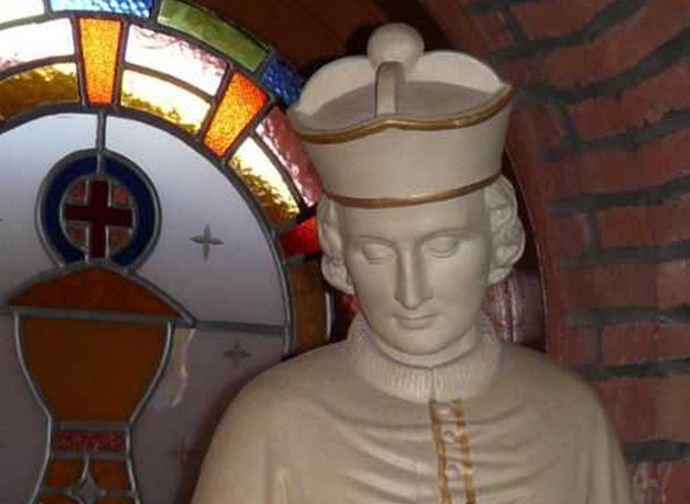Saint Gilbert of Sempringham
He was the founder of the only religious order that was entirely English

Gilbert of Sempringham (c. 1083-1189), founder of the only religious order that was entirely English, was the son of a wealthy feudal lord of Norman origin, who had settled in England as a result of William the Conqueror's victorious military campaign and rise to the throne. Rather than having him pursue a knightly career, his father preferred to send him to study theology in Paris. There he lived for several years, first as a student and later as a teacher. On returning home, Gilbert founded a school and gave the rents of the properties received from his father to the poor. He then placed himself at the service of the Bishop of Lincoln, Robert Bloet, from whom he received the tonsure and minor orders. He was then ordained a priest by the new Bishop Alexander, who appointed him penitentiary of the diocese and offered him the office of archdeacon (the diocesan administrator), which he refused.
On his father's death, Gilbert went back to his native Sempringham, where around 1130 he founded a monastery for strictly enclosed nuns inspired by the Cistercian rule: this was the first community of the Gilbertine Order. Later he decided to provide the nuns with the assistance of lay sisters, women who wanted a habit and a rule of life, as well as lay brothers, who would work in the fields. The project expanded rapidly, so Gilbert went to continental Europe in 1147 to ask the Cistercians for help. Eventually, it was Pope Eugene III, himself a former Cistercian monk, who took an interest in the matter, asking Saint Bernard of Clairvaux to assist Gilbert in drafting the statutes of the new Order. Gilbert was thus able to return to England the following year, also establishing a male branch, to which he gave a variant of the Rule of Saint Augustine.
Gilbert gave moral support to the cause of Saint Thomas Becket in the controversy with King Henry II, risking exile, which he avoided due to an intervention of the actual sovereign. He appointed his disciple Roger as his successor at the helm of the Order, which he also joined. During the last few years of his long life (he lived to the age of over 100) he was very ill and almost blind, but always steady in his faith. The Gilbertine Order, which at the death of its founder had reached a total of almost 2000 religious, ceased to exist in 1538, in the context of the dissolution of the monasteries imposed by the King of the Anglican schism Henry VIII.




